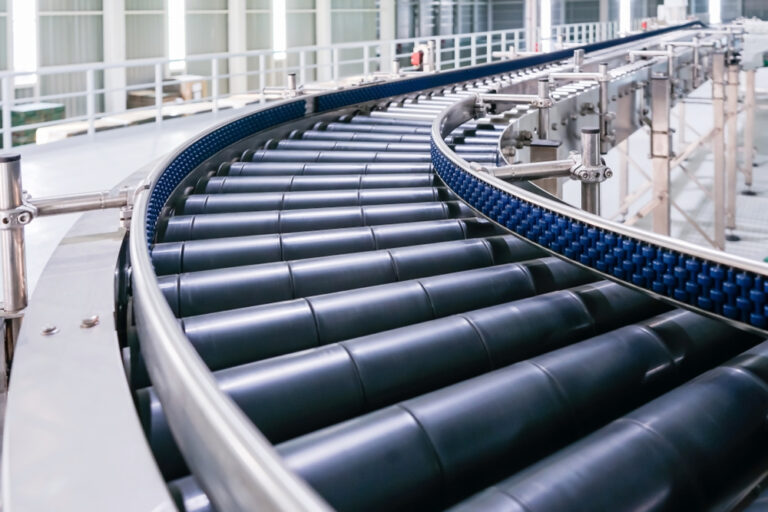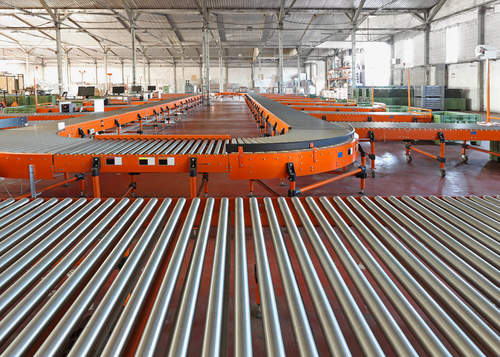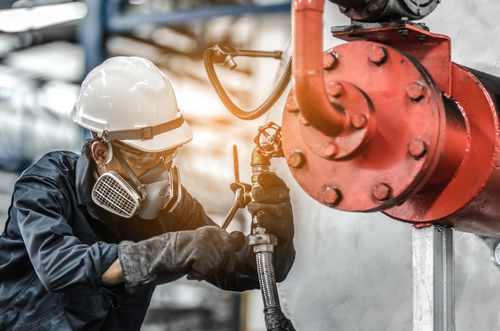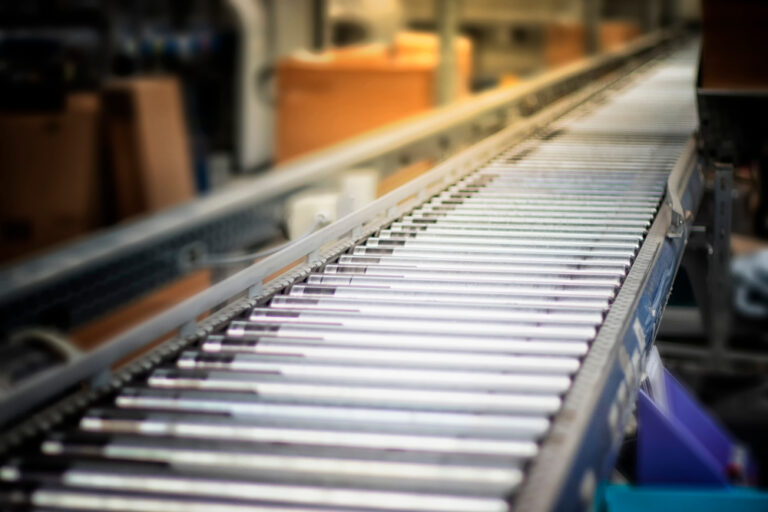Manufacturers and other commercial businesses require specific equipment to move, lift, sort, and process their products. This equipment is essential to building custom material handling solutions for your facility, as every business will have different needs for material handling that will affect which equipment is right for them.
What is Material Handling Equipment?
Material handling equipment includes any tools, machinery, vehicles, and other devices used for moving, lifting, storing, and managing materials. Material handling equipment may be automated—such as forklifts and robotics—or standard bins and racks.
What Types of Material Handling Equipment Do I Need?
Because of the complexity of material handling processes, it’s important to have the right material handling equipment for your industry and the materials you need to be handled. Knowing which equipment is best suited for your specific needs will help you develop the best possible custom material handling solutions.
To develop effective custom material handling solutions for a facility, the following types of material handling equipment should be covered:
- Storage and handling equipment for organizing and storing materials, parts, and products
- Industrial machines and trucks for transporting materials, parts, and products throughout the facility
- Bulk material handling equipment for managing large quantities of materials
- Engineered systems for automating and addressing unique facility needs
Here is a complete list of all the different material handling equipment you may want to include in your material handling solutions:
Storage and Handling Equipment
1. Racks
Storage racks make use of vertical space to create more surface area for storing parts, materials, and products between phases of processing and production. Types of racks include drive-through or drive-in racks, push-back racks, sliding racks, and pallet racks.
2. Stacking Frames
Typically used for pallet stacking, these frames keep pallets off the floor and protect them from being knocked down by passing warehouse workers or trucks. These frames are nice for smaller warehouse spaces as they take very little space when not in use.
3. Shelves
This one is pretty self-explanatory. Shelves are any basic shelving structure used to take up vertical space and add storage to a facility.
4. Bins and Drawers
Bins and drawers are most useful for storing small to medium-sized materials that the facility uses regularly. This could be parts used in product assembly or non-breakable products that can be quickly scooped out of a bin or drawer during picking and packing.
5. Mezzanines
If your facility requires more floor space, a mezzanine can add a second story to your facility to increase storage capacity or create additional workspace.
6. Pallets
Loads that are packaged can be stored on pallets, making them easier to transport around the facility in bulk.
7. Shipping Containers
These containers operate similarly to bins and pallets but are for much larger products or large quantities of materials being stored together.
Industrial Trucks and Machinery
8. Dollies
Also known as hand trucks or box carts, this manual transport equipment is usually L-shaped, with a long handle for warehouse workers to maneuver it and a ledge at the base to stack boxes on.
9. Forklifts
Forklifts are a type of lifting equipment that doubles as quick transportation throughout a facility. Standard forklifts can handle moving and lifting up to 5,000 lbs of materials. One of the most common types of forklifts is pallet jacks, which are designed to hook in slots beneath pallets to lift and move them with ease.
10. Cranes
Cranes are both industrial machinery and a type of bulk material handling equipment. They are designed to lift and move very heavy and large loads. While some cranes may be mobile, typically cranes are installed in a stationary location.
11. Platform Trucks
Similar to a dolly, platform trucks are manually operated but have an extended bed for holding larger quantities of boxes and materials.
12. Order Picker
This lift truck is specifically used to pick items from inventory shelves for customer orders, breaking down moving of materials to individual pieces rather than bulk pallets or boxes.
13. Walkie Stackers
Walkie stackers fulfill the same function as forklifts, but the operator stands behind instead of riding in a cab.
14. Side Loaders
These lifts move alongside racks and shelves for loading and unloading materials without turning.
Bulk Material Handling Equipment
15. Conveyor Belt Systems
Conveyor belt systems are used to move materials throughout a facility—and often through different stages of production—for faster assembly and organization.
16. Stackers
Stackers are used to move heavy materials between stockpiles. These are often paired with reclaimers for moving bulk materials like coal and ore.
17. Reclaimers
Reclaimers collect bulk materials from a stockpile, working with stackers to organize materials in different stockpiles.
18. Bucket Elevators
These elevators lift bulk materials vertically but are specifically used for flowing or fine materials like grain that could spill off of a flat elevator or lift easily.
19. Hoppers
Hoppers store bulk materials in a large chamber with a funnel-like opening at the bottom to release set amounts of the materials as needed.
20. Silos
These towers are used for storing bulk materials like grain, sawdust, woodchips, and coal.
Engineered Systems
21. Automated Storage and Retrieval Systems (AS/RS)
These systems automate storing, organizing, and retrieving materials to streamline processes and cut out the middleman. Some of the most common AS/RS include pick modules and automatic bin dumpers.
22. Robotic Parts Handlers
Robotic parts handlers further automate assembly processes by moving and constructing products in lieu of a human assembler. By easing manual labor, these automated systems reduce workplace injuries significantly.
23. Automated Guided Vehicles (AGV)
Following programmed routes throughout a facility, AGVs can transport products along set paths without the need for a driver.
24. Robotic Delivery Systems
Whereas AGVs use marked lines or wiring to navigate along set paths, robotic delivery systems are more autonomous and can use sensors to map routes and quickly adapt to their surroundings.
Looking for Custom Material Handling Solutions?
This is a lot of information, and it can be difficult to decide which material handling solutions are best suited to your facility’s needs. If you need help creating custom material handling solutions to make your facility more efficient and productive, contact us at Mathews Mechanical!






